What Is Excessive Force?
Were you or a loved one a victim of police brutality?
Attorneys that work with Police Brutality Center may be able to assist you.
"*" indicates required fields
Content Last Updated: December 3, 2025
Excessive force is a type of police brutality that refers to the use of force beyond what a reasonable police officer uses to question or apprehend a person. Officers should use the minimum amount of force necessary to safely contain a situation.
Police use of excessive force is a systemic problem that has only recently received the attention it deserves. As far back as the 1700s, a culture of segregation, voter suppression, and violence against Black Americans embedded racism into the system, first through slave patrols, then through enforcement of Black codes and Jim Crowe Laws.
This laid the foundation of what is known as law enforcement today.
It is when a police officer uses more force than is necessary to detain someone when in the course of arresting somebody or handcuffing them and they’re not resisting, and a police officer knocks them to the ground, injures a body part, assaults them, that could be excessive force. We’ve even seen situations where a handcuffed person in the back of a police car was shot at because they believed, the police believed that they heard a sound coming from the car, that emulated a gunshot, even though they literally put this individual in the car and handcuffed them and had no access to a weapon. People often ask, what is one of the best ways to avoid excessive force? And the answer to that is very clear. Move very slowly. Listen to every word the police officers tell you. Do not make quick movements towards your pockets. Put your hands where you’re being told to put your hands and follow every instruction that you’re being given. And if for some reason you have hearing issues or health issues or some type of physical condition, inform them so that they don’t misunderstand what’s going on and take your lack of hearing or lack of speaking as some kind of adverse action go out of your way to be extremely complicit with the instructions and let the officers know verbally that you intend to do that. There is no benefit to resisting arrest. There is no benefit to trying to fight off a police officer even if you think that you did nothing wrong and even if you did nothing wrong. It’s still better to be complicit, comply, and be cooperative with the instructions and then it can all be sorted out later because you are protected by proof beyond the reasonable doubt. And if you have a good lawyer, you should be able to uncover that you are not responsible for whatever it is that is being claimed happened. If that is in fact the case.
The Facts About Excessive Force
Excessive force by police is a public crisis that has not improved despite media attention and growing public outrage.
United States police kill far more people than any other country:
- U.S. police kill nearly 1,100 people every year, with Canada in second place at 36.
- U.S. police kill 33.5 people out of every 10 million with Canada in second place at 9.8.
- European countries have death rates of 2.3 per 10 million people or less.
- Police are twice as likely to use force against Black and Latinx Americans than whites.
- Police are more than twice as likely to pull over Black drivers in “investigatory stops.”
- Approximately half of all high-profile police killings are of people with disabilities.
Types of Excessive Force
The two basic types of force are lethal and nonlethal. Police have multiple weapons at their disposal, including their K-9 police dogs.
Nonlethal Force
Many of the tools used for “nonlethal force” can be deadly.

Handcuffs and Zip Ties
Many New York protestors experienced permanent hand injuries as a result of police applying these too tightly and refusing to remove them when requested. In one disturbing case involving standard handcuffs, an Alabama man required amputation as a result of tight handcuffs. In another case, former Hendry County Sheriff’s deputy, Tyler Williams, handcuffed a man and then threw him to the ground, knocking the individual unconscious.

Tasers and Chemical Sprays
Tasers are conducted-electricity weapons that override the nervous system for five seconds, rendering the individual incapable of movement. Chemical sprays, such as pepper spray, are eye, skin, and respiratory system irritants.
Their intended purpose is to save lives by providing alternatives to lethal force while apprehending noncompliant suspects who pose a threat. However, they can be improperly used when:
- Officers are not properly trained in their use.
- Police overuse them.
- Police use them as punishments and implements of torture, even after suspects are handcuffed and placed in police vehicles.
- Police sometimes confuse a gun with a taser, as in the shooting of Daunte Wright by Kim Potter.
At least 500 people have died from police use of tasers since 2010, and 39 percent were Black.

Crowd Control
The right to peacefully protest is protected by the Constitution, but police routinely use dangerous weapons against protestors without warning. Black Lives Matter protestors have repeatedly been met with tear gas, rubber bullets, beanbag rounds, and disorientation devices.
Although the media has sensationalized these protests with images of burning buildings and violence, the majority of BLM protests have been peaceful and posed no danger to officers, civilians, or property.
The following uses of force have been employed:
- Tear gas: In one analysis, 53 of 1,981 people exposed to tear gas died, 71 sustained serious injuries, and 300 became permanently disabled.
- Rubber bullets and beanbag rounds: These are no longer considered nonlethal but less lethal. Despite manufacturer warnings, police often aim rounds at the head, face, and stomach.
- Disorientation and acoustic devices such as flashbangs and sound cannons: These create painfully loud noises and blinding flashes of light. They cause long-term hearing damage, internal injuries, and blunt force trauma.

Batons
In 1990, Rodney King, a well-known victim of excessive force, was beaten with batons by four police officers at a traffic stop. He received 56 blows, resulting in a broken leg and multiple facial fractures.
According to Amnesty International, only large muscled areas of the body should be struck, and more than one strike may be excessive use of physical force and a human rights violation.

Neck Restraints
Restraints around the neck can lead to serious physical injury, arterial tears, strokes, internal organ damage, and death. There is no such thing as a safe chokehold or carotid hold. It should never be used unless deadly force is warranted. Neck restraints are responsible for the high-profile police killings of George Floyd and Eric Garner.
Lethal Force
Firearms are the lethal weapons of choice in the use of deadly force by police officers. Approximately 96 percent of killings by police are shootings. The high rate of police shootings in the United States in contrast to other developed nations raises questions about the legitimacy of these shootings.
The following high-profile excessive-force cases show instances of unjustified police shootings:
Walter Scott, an unarmed 50-year-old Black man was shot in the back as he fled following a traffic stop.
Philando Castille was shot in his car during a traffic stop while reaching for his wallet.
White Texas police officer Roy Oliver fired his gun at a car full of teenagers as it fled, killing 15-year-old Jordan Edwards, a passenger.
Laquan McDonald, a 17-year-old, was shot 16 times as he walked away from a traffic stop.
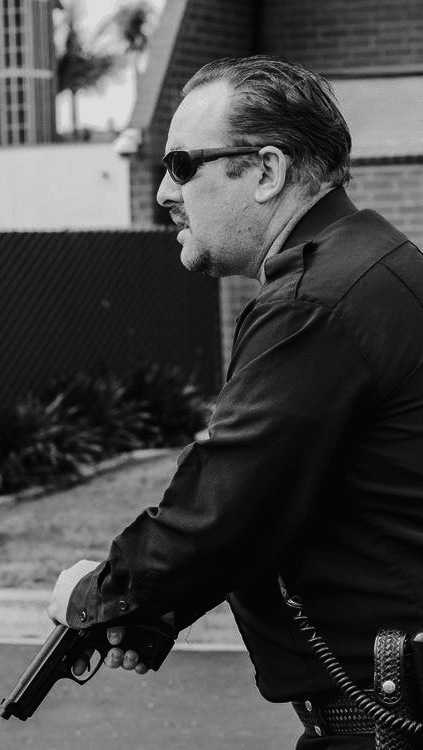
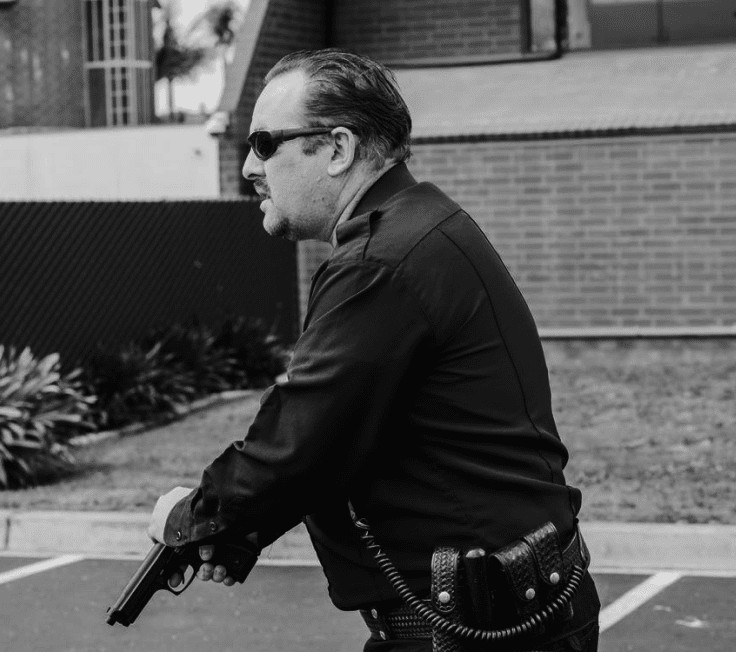
Connect With an Experienced Police Brutality Lawyer
Police Brutality Center partners with nationally recognized trial attorney Solomon Radner of Radner Law Group, PLLC, to help victims of police misconduct across the United States. Attorney Radner has been honored as a Super Lawyer since 2014 and named among the Top 40 Under 40 trial attorneys by the National Trial Lawyers Association.
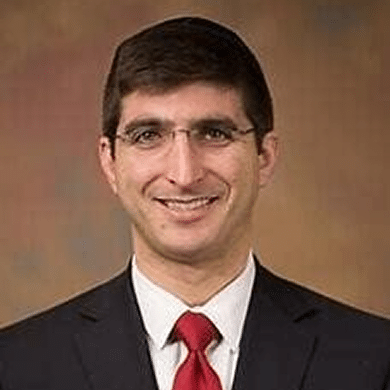
Is excessive force legal?
Law enforcement is a weighty responsibility that demands the highest standards of conduct by those who deem themselves fit for the profession. Excessive force is not only improper but a grievous violation of the victim’s Constitutional rights.
State and federal laws provide civil and criminal remedies for police misconduct. However, police unions are overprotective, making enforcement difficult. A civil rights attorney can help identify the laws that apply to individual circumstances.
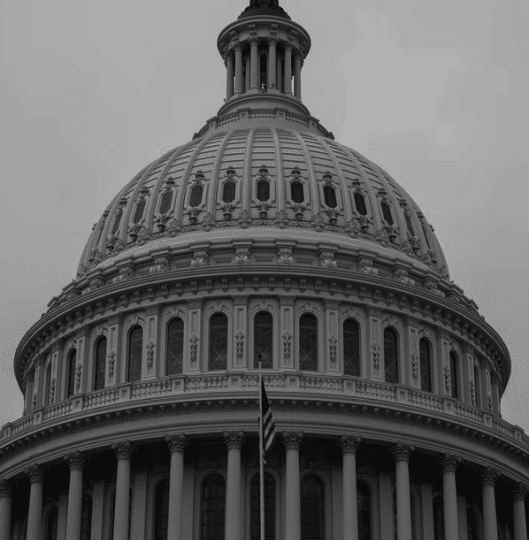
The Fourth Amendment of the United States Constitution
The fourth amendment guarantees protection against unreasonable searches and seizures and requires probable cause. Excessive force by law enforcement is an unreasonable seizure.
The Supreme Court as well as lower courts have defined the standard of reasonableness as follows:
- A police officer may only use as much force as is “objectively reasonable” under the circumstances.
- The reasonableness of the level of force must be judged from the perspective of any fair-minded officer under the circumstances and not with the advantage of hindsight.
- The officer’s intent or motive is not relevant in determining reasonableness.
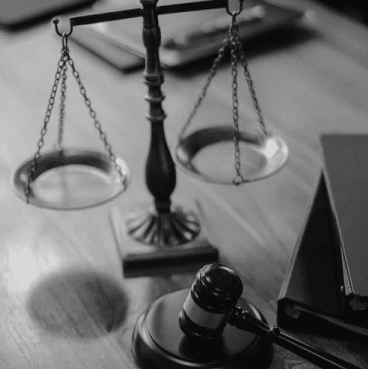
Federal Law
The department of justice enforces federal laws regarding police misconduct. These laws protect the civil rights of anyone who comes into contact with law enforcement.
Section 242
Under 18 U.S.C. § 242, it is a crime punishable by fines and imprisonment for law enforcement to willfully deprive persons of their constitutional rights based on color, race, or alien status.
Police Misconduct Provision
The Police Misconduct Provision, 34 U.S.C. § 12601 makes it illegal for police officers to engage in a pattern of conduct that deprives persons of rights protected by the Constitution, whether or not discrimination occurs.
The Civil Rights Act of 1964
The Civil Rights Act prohibits discriminatory treatment by state and local law enforcement agencies based on the following:
- Race
- Color
- National origin
- Sex
- Religion
The Americans with Disabilities Act of 1990
Title II of the Americans with Disabilities Act prohibits discrimination by law enforcement against those with disabilities.
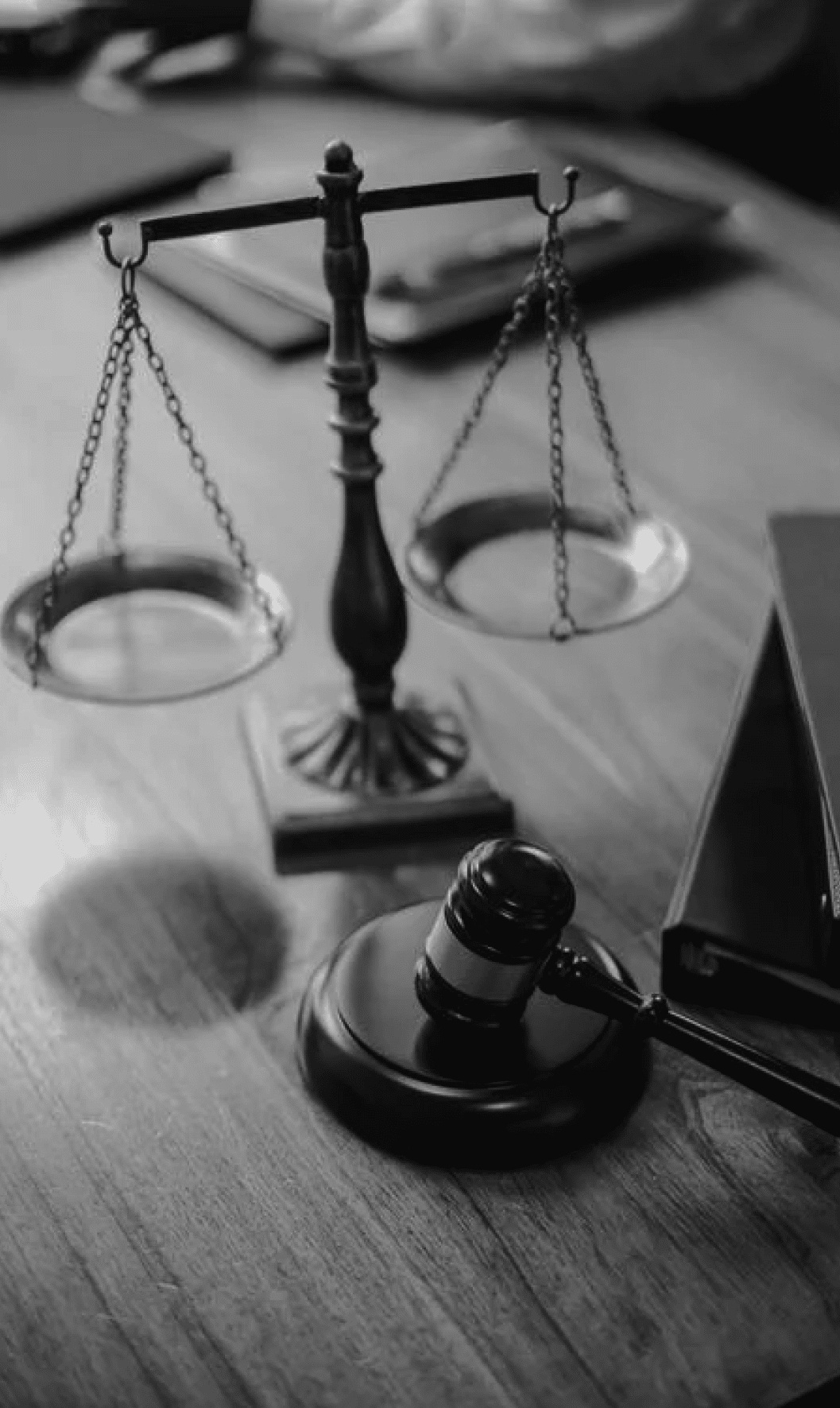
Local and State Laws
State and local law enforcement agencies also pass laws governing police conduct and the use of force. These laws vary from state to state and even between municipalities.
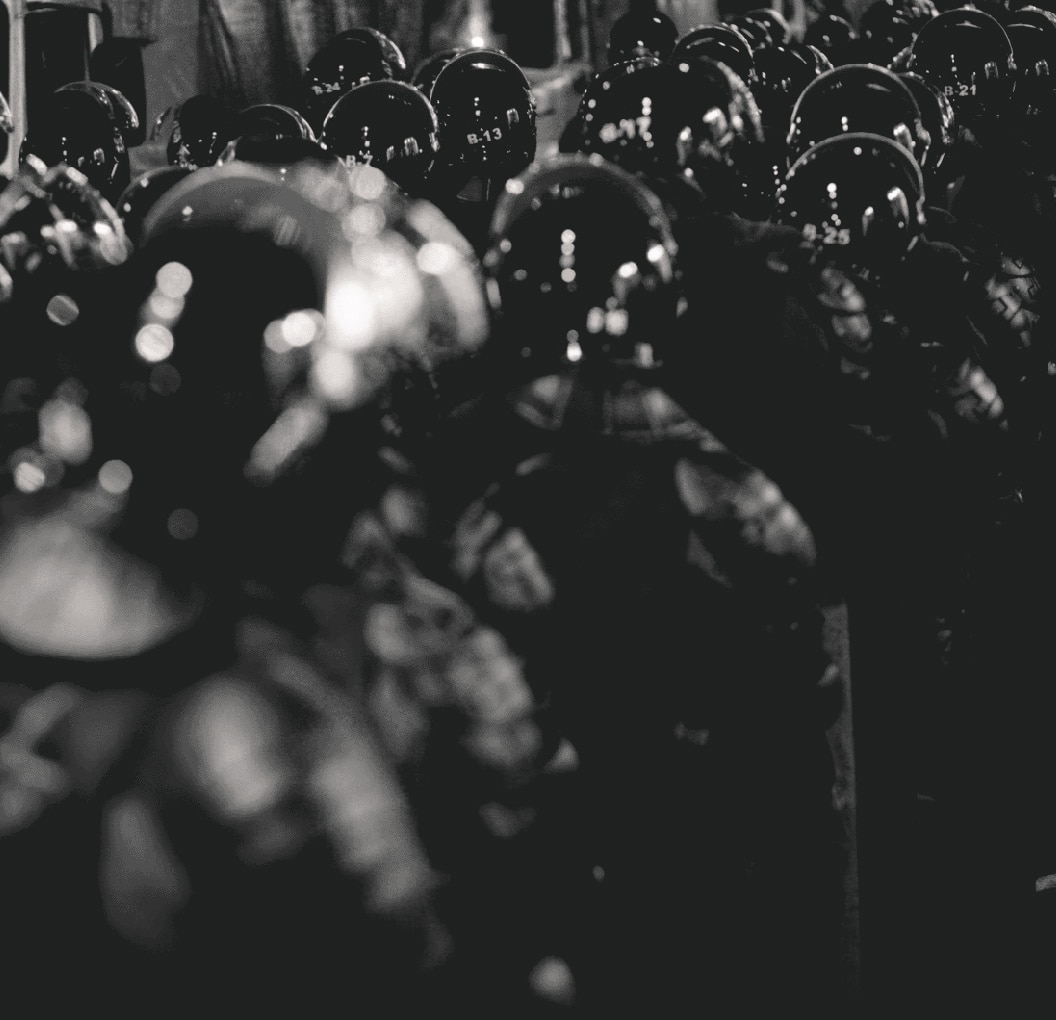
Police Accountability
As long as police are not held accountable under both civil and criminal law, they will never stop using excessive force or discriminating against people of color.
What is qualified immunity?
The intention of 42 U.S.C. § 1983 was to give individuals the right to sue government officials, including law enforcement, when their Constitutional rights are violated.
However, this statute institutes qualified immunity, a doctrine that allows officers to escape civil liability unless the following can be established after the court considers the totality of the circumstances:
- The officer violated an individual’s constitutional rights.
- The right that was violated is “clearly established.”
A series of court rulings have set the bar too high for victims of excessive force to sue by allowing the courts to define “clearly established” to mean that an identical case has been previously ruled upon. Since every case is unique, police are granted qualified immunity too often.

Reforms to End Excessive Use of Force
The ongoing racial bias and unbridled use of force by law enforcement throughout the United States will require the following changes in law enforcement:
- Establish a thorough, independent system for reviewing incidents involving the use of force and holding officers and police departments accountable for misconduct.
- Create national police use-of-force guidelines that would bar unnecessary uses of force.
- Revisit the criteria for qualified immunity.
- Provide longer and better police training that emphasizes de-escalation, the value of human life, and community policing methods.
- Require better police screening that includes screening for racial bias and aggression.
